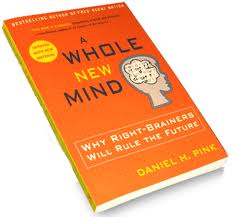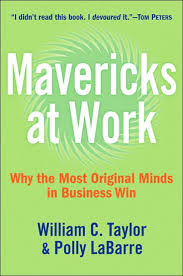Yes. According to a recently released study, workers whose jobs involve solving complex problems and who have opportunities for continued learning report better overall health.
The study’s lead author, sociology professor John Mirowsky, said:
“The most important finding is that creative activity helps people stay healthy. Creative activity is non-routine, enjoyable and provides opportunity for learning and for solving problems. People who do that kind of work, whether paid or not, feel healthier and have fewer physical problems.”
- Read more here.
.jpg)



